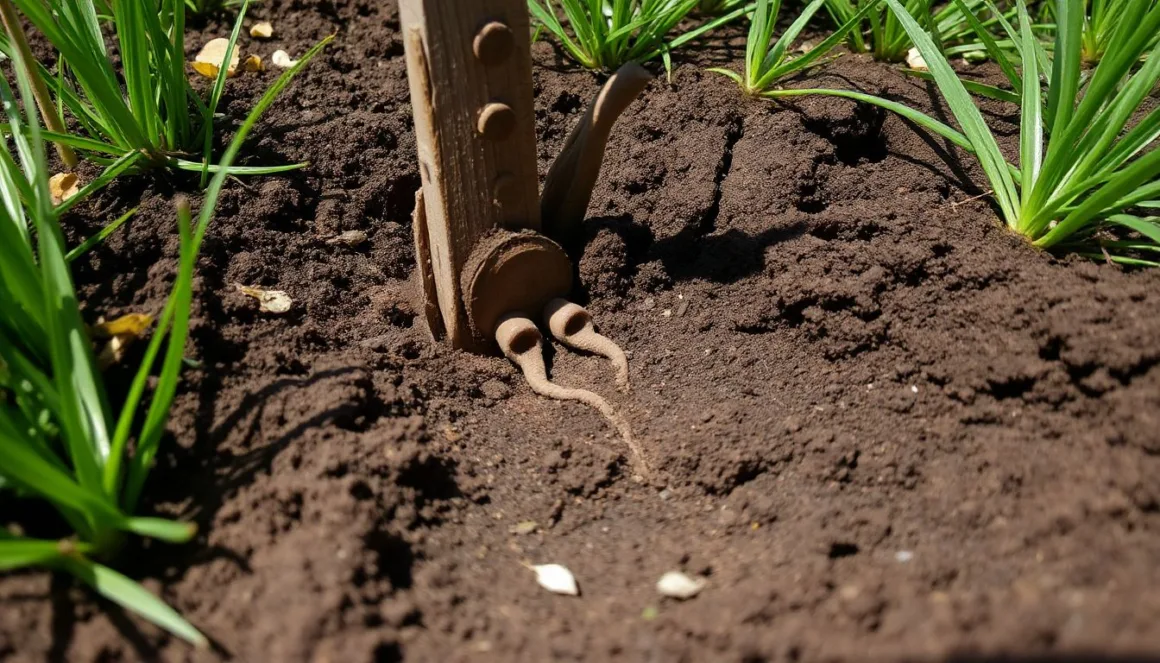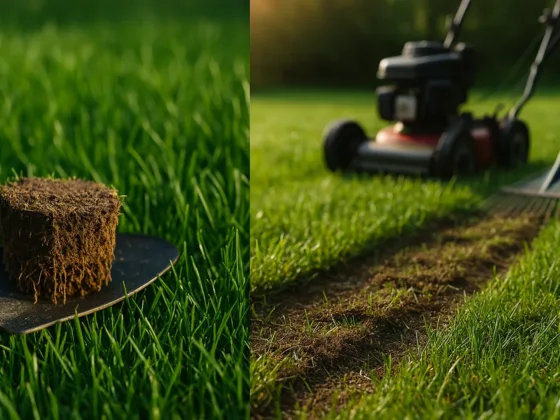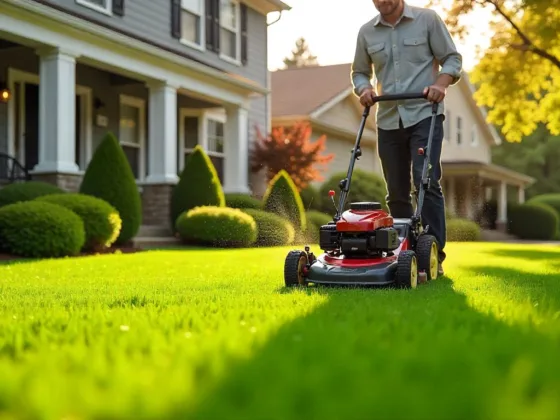Table of Contents Show
It is understandably alarming when you discover termites in your yard. These little bugs are among the worst pests that can invade your property, for they cause so much destruction in a house. Like most other living creatures, rather than scuttling about, termites would actually sit and dine quietly in a home. When compared to all other pests, termites are really systematic and relentless in the workings of their destruction, breaking down cellulose- or wood- mainly materials common in most homes.
Their colonies comprise hundreds of thousands of individuals, working toward one end: the extension of their food-searching territory.
Identifying termites in your backyard early is crucial; it will save the house and prevent the expense of thousands in repairs.
Understanding the Behavior and Habitat Preferences of Termites
Termites live in organized colonies with distinct social divisions into castes: workers, soldiers, and reproductives. The majority of the colony is taken up by worker termites. They are responsible for foraging the whole lot of colony, as well as feeding them during their life. These pale-bodied softbugs do not raise their heads into the light, thereby remaining in muddy positions, and maintain high humidity levels, which explains why they are not immediately discovered at the beginning of their establishment.
There are differences in the various termite species as far as their behaviour is concerned and habitat preferences. For example, the most common termites, which are a kind of subterranean termite, build their primary colony underground, and they create mud tubes to travel between nest sites and food sources. Drywood termites, on the other hand, tend to be found more often in hot climates; they develop their colonies directly within wood structures without needing soil contact.
The foraging behaviour of termites goes far beyond the physical surroundings of their nest. Soldier termites would head out some 80m from their central colony in search of food sources, and thus they become extensive tunnel and pathway makers. Because of the broad foraging range, for example, your garden may have activity from a termite, but not necessarily mean that there is a colony nearby; it only means that your property falls within their operational range.
Related reading: How Much Does Termite Treatment Cost? A Price Guide
Visual Indicators of a Termite Affection
The presence of mud tunnels on wooden members or even other surfaces in your yard indicates the most glaring evidence of termite activity. These are pencil-width tunnels made of a mixture of soil, saliva, and feces that provide termites with a safe pathway between their food and colony. The freshly made mud tunnels appear moist; aged tunnels are dry and will crumble when touched.
Swarmer termites, also called alates, represent another clear visual indicator of nearby termite activity. Winged reproductive termites, during certain times of the year, generally in spring or early summer, leave behind their established colonies. This event is often referred to as swarming. Once their swarming activity is completed, they shed their wings, leaving small piles of discarded wings near windows, doors, or fixtures used for outdoor lighting.
In addition, wood damage patterns provide other kinds of visual evidence of termite presence. Termites make irregularly shaped tunnels that follow the natural grain of the wood. Infested wood may produce a hollow sound upon tapping and may also show blistering or darkening. Fencing posts, deck supports, and wooden garden structures in outdoor settings are the ones often hit hard by termites.
Frass, or termite droppings, appear as small, pellet-like structures near infested areas. Drywood termite frass resembles tiny wood-coloured pellets or sawdust. In contrast, subterranean termite uses their frass to construct their mud tubes.
Related reading: Debunked: 6 Popular Myths About Termites You Need to Know
Environmental Factors That Attract Termites
Termites are attracted to moisture. Pools of moisture in your backyard mean poorly drained soils and over-irrigation, creating ideal conditions for termites. Subterranean termites require moisture almost constantly to stay alive. Thus, properties prone to drainage problems will be correspondingly protected from such attacks.
Wood in contact with soil is also highly vulnerable to termite attacks. Wood structures such as decks, fences, and garden beds that touch the soil provide termites with easy access points to the wooden components.
Landscaping decisions may serve to create unintentional environments conducive to termite infestation. Moisture-laden plants too close to structures will trap moisture and slow down air circulation, thus creating microclimates conducive to increased activity by termites. Although mulch promotes plant growth, if over-applied or placed too close to walls, it can become a resource for termites, providing cellulose along with additional moisture.
Dead or decaying organic matter in your backyard serves as a food source for termites. Fallen logs, tree stumps, firewood, and even cardboard or paper materials left outdoors can attract foraging termites. Once termites establish feeding sites on these materials, they often expand their foraging activities to nearby buildings.
Monitoring and Detection Techniques
Regular visual inspections form the foundation of effective termite monitoring. Walk around your property monthly, paying particular attention to areas where wood meets soil, foundation walls, and any wooden structures in your backyard. Flashlights will help you inspect dark and hidden places. Additionally, carry a screwdriver or similar tool to examine suspicious wood for signs of damage.
Moisture meters help to pinpoint areas of elevated humidity that might attract termites. These devices can detect moisture levels in wood and soil, allowing you to identify potential problem areas before they become attractive to termites. Focus on areas around your home’s foundation, beneath decks, and near irrigation systems or water features.
The primary purpose of termite monitoring stations is to detect termites early. These devices contain cellulose-based materials that attract foraging termites, allowing for early detection before significant damage occurs. You can supplement professional termite monitoring systems with DIY options, such as cardboard traps or wooden stakes placed strategically around your property.
Related reading: Protect Your Home: 4 Termite Prevention Tips You Can Use Today
When to Seek Professional Help
Though watchfulness on the part of a homeowner is important, some cases are worth being checked by a professional right away. Should you find mud tubes, live termites, or extensive damage to wood, contact a pest control specialist right away. These differences regarding the termites often require specialized training and equipment to evaluate and treat accurately.
By application of the most recent technology, a pest control professional will be using any or all of these: thermal imaging, an acoustic detection device, or moisture meters to find out if termites are really present, none of which would be visible to casual observation. The licensed professionals can also distinguish the type of damage between that of a wood pest and that of other wood-destroying insects to apply the right kind of remedial treatment.
Most properties will need annual inspections by professionals, whereas high-risk properties or those that have previously had termite activity would need regular inspections.










